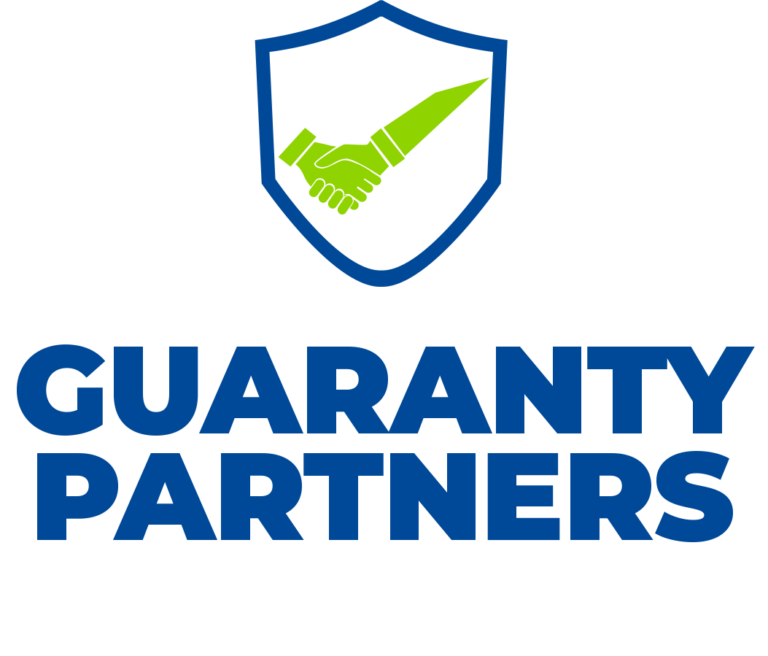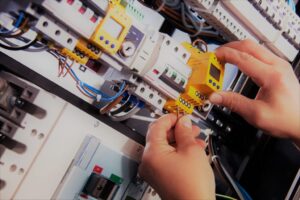Piping Design, System, Operation, Maintenance and Repair in Oil and Gas Plant
Course Fee:
The primary objective of this Piping Design, System, Operation, Maintenance and Repair in Oil and Gas Plant training course is to empower professionals with—
• detailed understanding and knowledge of plant piping systems, including their design, operation, maintenance and repair
• the required awareness and knowledge of relevant codes and standards to choose the correct piping material
• the experience to understand required operations and decide the best piping systems
• adequate confidence and understanding to consider all challenges (including temperature and pressure) and work on setting up a system that could withhold these conditions
• the knowledge and experience to train other professionals on essential aspects of piping systems
• adequate knowledge and experience to understand what size and fittings are needed as per the intended purpose
• the awareness and confidence to conduct regular inspections to check for maintenance and repair requirements, if any
• understanding of the extent and type of damage and necessary remedial measures to address these
• the skill and capabilities to reduce organisational costs on piping system maintenance and repair, thereby contributing to organisational development as well as worker safety
Course Content:
Power Plant Piping Material
• Steel
• Cast iron
• Brass and copper
Types of Pipe Fittings
• Elbows
• Nipples
• Couplings
• Unions
• Tees and crosses
• Y-bends
• Return bends
• Plugs and caps
• Bushings
• Reducers
Methods to Connect Pressure Piping
• Screwed connections
• Flanged connections
• Welded joints
Ideal Design Procedure
• Determination of the problem
• Determination of preliminary pipe route
• Pipe diameter determination based on allowable headloss
• Structural analysis
• Support and anchor designing
• Preparation of drawings, specification, design report
Piping System Design Engineering
• Design basis and standard drawings
• Piping material specifications
• Pipe and pump sizing
• Equipment datasheet preparation
• Catalogue creation
• Plot plan
• Fire protection system
Types of Valves in Pipe System Design
• Air-relief valves
• Gate valves
• Small valves
• Altitude valves
• Pressure-regulating valves
Types of Fire Hydrants in Piping Systems
• Flush hydrants
• Wall hydrants
• Post hydrants
Piping Flexibility Analysis
• Stress analysis model
• Analysis-formatted report with recommendation
• Stress isometric
• Load list for support design
• Support design
Maintenance Checklist
• Determine points of inspection
• Develop a schedule for the maintenance team
• Implement a preventative maintenance schedule
• Perform upgrades and rehabilitation tasks
Benefits of Preventative Maintenance
• Better uptimes
• Fewer repairs and shutdowns
• Increased energy savings
• Lower repair costs
Parameters Guiding Choice of Repair Techniques
• Piping geometrics and material
• Operating characteristics
• Configuration and location
• Nature and size of the defect to repair
External Repair Techniques
• Cut out and replace
• Bypass technique
• Grinding
• Weld deposition
• Metallic sleeves
• Composite sleeve
Methodology
The training methodology integrates lectures, interactive discussions, collaborative group exercises, and illustrative examples. Participants will acquire a blend of theoretical insights and hands-on practical experience, emphasizing the application of learned techniques. This approach ensures that attendees return to their professional environments equipped with both the competence and self-assurance to effectively implement the acquired skills in their responsibilities.
DATE:
1ST BATCH: 14th – 17th Jan, 2025
2ND BATCH: 17th – 20th June, 2025
Course Category
- Human Resource and Admin
- Finance and Accounting
- Internal Audit and Fraud Control
- Stores, Procurement and Supply Chain
- Information Technology
- Aviation and Maritime
- Banking, Investment and Insurance
- Business Communication
- Construction Management & Civil Engineering
- Engineering, Instrumentation and Maintenance
- Entrepreneurship and Business
- Hotel & Hospitality Management
- Law and Contract Management
- Management and Leadership
- Project Management
- Public Relations
- Public Sector
- Sales, Marketing & Customer Service
- Secretaries & Personal Assistants
- Transport & Logistics
- Security and Safety
More Courses
VENUE
25, Queen street, Alagomeji Bus Stop, Yaba, Lagos










